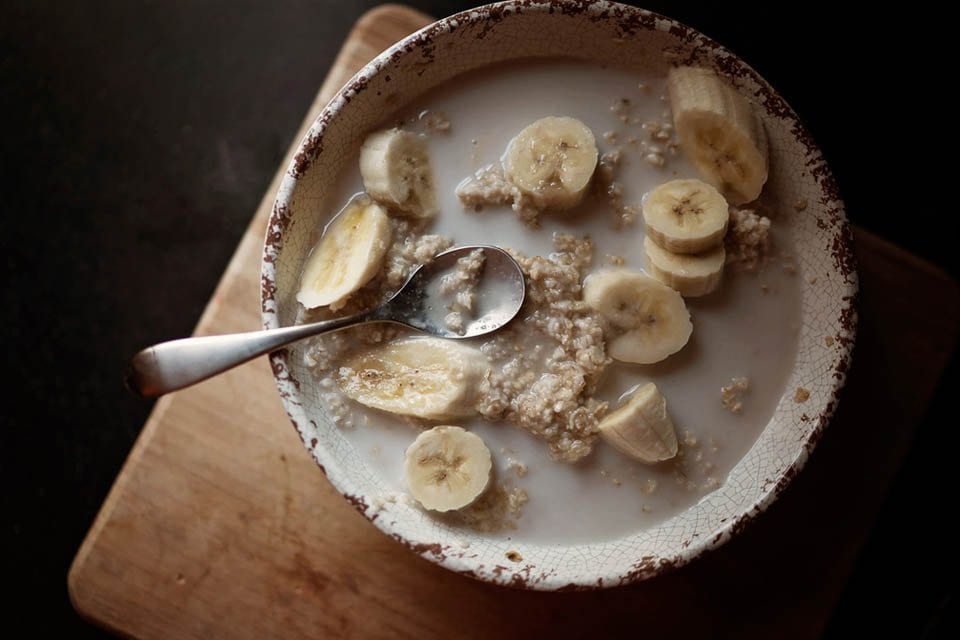
Between all of the different diet trends and conflicting research findings out there, it seems we’re more confused than ever about what and how much to eat, particularly when it comes to protein, carbohydrates and fat. While there’s no one combination that will make the pounds magically melt off you can optimize your diet for weight loss by adjusting the composition of your calories.
Carbs, Protein or Fat: What makes the most sense to adjust?
When it comes to choosing what to eat more of and what to cut back on for weight loss, consider first what you want to achieve. The goal of losing weight is to reduce fat stores while preserving, or even adding, lean tissue—what we refer to as muscle.
Carbohydrates are an important source of fuel for our muscles during exercise and are the only source of energy for our brain and red blood cells. Fat is equally important, playing major roles in everything from brain function to cell structure, but if you’re trying to lose weight, it may not hurt to trade some carbohydrates and/or fat calories for a boost in protein. Calorie for calorie, protein has the most metabolic benefits for weight loss: it increases satiety, stimulates energy expenditure and preserves muscle, which unfortunately is used for energy along with fat during weight loss.
What to adjust, and by how much?
For most, it is perfectly safe to adjust carbohydrate, protein and fat consumption to optimize the diet for weight loss. You may find it beneficial to trade a percentage of your calories from carbohydrates or even fat, for protein calories.
As a jumping off point, let’s review the current recommendations for carbohydrates, protein and fat, as well as MyFitnessPal’s default goals for these nutrients:
Current Recommendations
The 2010 Dietary Guidelines for Americans recommends eating within the following ranges:
- Carbohydrates: 45-65% of calories
- Fat: 20-35% of calories
- Protein: 10-35% of calories
MyFitnessPal’s Current Default Goals
MyFitnessPal’s current default goals distribute calories as follows: 50% from carbohydrates, 20% from protein and 30% from fat.
To help you visualize some modest modifications, here’s a table summarizing a couple of options for safely cutting back on calories from carbohydrates and fat while increasing protein intake to optimize the diet for weight loss:
| Recommended Ranges (Percent of Calories) |
Lower Carb Higher Protein (Percent of Calories) |
Lower Carb & Fat Higher Protein (Percent of Calories) |
|
| Carbohydrates | 45-65% | 45% | 45% |
| Protein | 10-35% | 25% | 30% |
| Fat | 20-35% | 30% | 25% |
If you’re currently using MyFitnessPal’s default goals and want to trade some carb calories for protein, the 45:25 carbohydrate-to-protein ratio may be a good place to start.
Don’t forget about quality, too.
While there’s no one magic ratio for everyone, you may find that making some modest adjustments to macronutrient intake can help your long-term weight loss efforts. Feel free to experiment but remember: The quality of the protein, fat and carbs you eat are just as important as the quantity.
Here are a few things to keep in mind as you adjust your macros:
1. When it comes to carbohydrates, the more complex the better. Complex carbohydrates like vegetables and whole grains, contain fiber which has a beneficial impact both on satiety and blood sugar. Put those on your plate instead of highly refined or simple carbohydrates and sugary treats. This Nutrition 101: Carbohydrates post offers some healthy carb options.
2. Lean protein offers muscle-sparing benefits with very few calories from fat. Check out this great Nutrition 101: Protein post for some great plant-based protein sources as well as some lean cuts of meat, poultry and fish to stock up on.
3. Fats have many benefits ranging from satiety to brain health–especially those rich in omega-3s. Skim over our Nutrition 101: Fats post if you’re looking for some heart-healthy options.
Note: Modest changes in macronutrient intake can be beneficial for weight loss; however, these tweaks may not appropriate for everyone, particularly those with diabetes, kidney disease or other diseases affected by diet composition. As always, it’s best to check with a dietitian or doctor before making these changes, particularly if you have medical concerns.
The post Ask the Dietitian: What’s the Best Carb, Protein and Fat Breakdown for Weight Loss? appeared first on Hello Healthy.
No comments:
Post a Comment